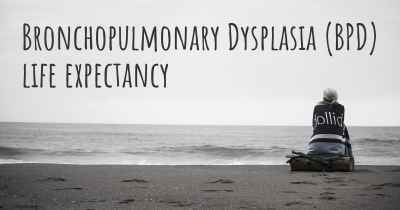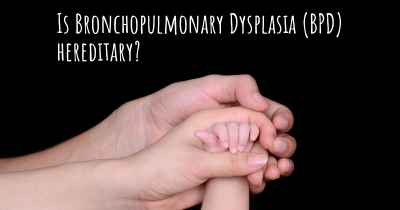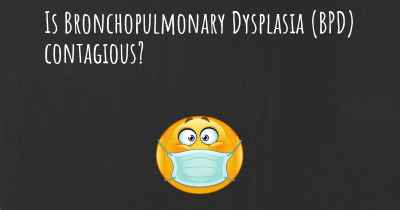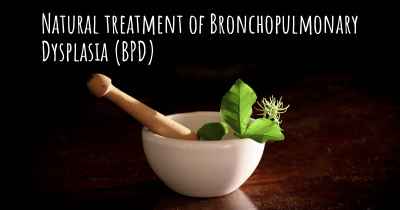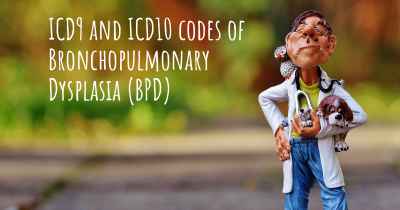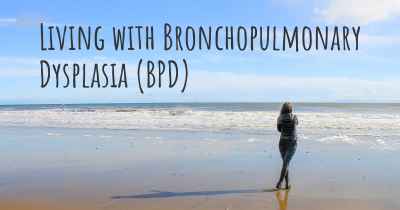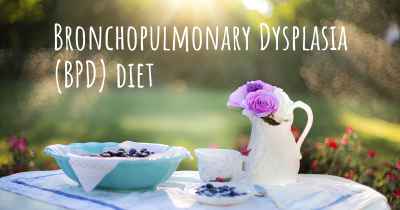What are the best treatments for Bronchopulmonary Dysplasia (BPD)?
See the best treatments for Bronchopulmonary Dysplasia (BPD) here
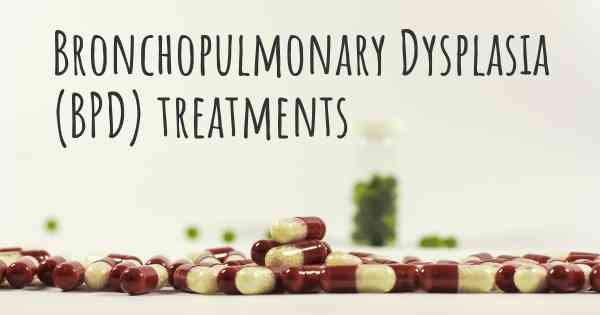
Bronchopulmonary Dysplasia (BPD) is a chronic lung disease that primarily affects premature infants who have received mechanical ventilation and oxygen therapy for an extended period. It is characterized by inflammation, scarring, and abnormal development of the lungs. The management of BPD involves a multidisciplinary approach, including medical interventions and supportive care.
Oxygen therapy is a cornerstone of BPD treatment. Supplemental oxygen is provided to maintain adequate oxygen levels in the blood. The goal is to balance the need for oxygen with the potential harm of oxygen toxicity. Oxygen therapy can be administered through various methods, such as nasal cannula, oxygen hood, or mechanical ventilation.
Respiratory support is crucial for infants with severe BPD. Mechanical ventilation may be required to assist with breathing. Different modes of ventilation, such as synchronized intermittent mandatory ventilation (SIMV) or continuous positive airway pressure (CPAP), can be used to support the infant's respiratory efforts and prevent lung collapse.
Pharmacological interventions play a role in managing BPD. Diuretics, such as furosemide, can help reduce fluid accumulation in the lungs and improve respiratory function. Bronchodilators, like albuterol, may be used to relax the airway muscles and alleviate breathing difficulties. Corticosteroids, such as dexamethasone, are sometimes prescribed to reduce inflammation in the lungs, although their use is controversial due to potential long-term side effects.
Nutritional support is essential for infants with BPD to promote growth and development. Adequate calorie intake is crucial, and specialized formulas or fortified breast milk may be recommended. In severe cases, enteral or parenteral nutrition may be necessary to ensure sufficient nutrition.
Pulmonary rehabilitation programs can benefit children with BPD by improving lung function and overall physical fitness. These programs typically involve a combination of exercise training, breathing exercises, and education for parents on managing respiratory symptoms at home.
Prevention and infection control measures are vital to minimize the risk of respiratory infections, which can worsen BPD symptoms. Vaccinations, good hand hygiene, and avoiding exposure to sick individuals are important strategies to prevent infections. In some cases, prophylactic antibiotics may be prescribed to prevent bacterial infections.
Long-term follow-up is crucial for infants with BPD to monitor their respiratory health and overall development. Regular check-ups with pediatric pulmonologists and other specialists can help identify and address any ongoing issues promptly.
It is important to note that the treatment approach for BPD may vary depending on the severity of the condition and individual patient factors. The healthcare team will tailor the treatment plan to meet the specific needs of each infant.
Posted Sep 28, 2017 by Jules 3450
